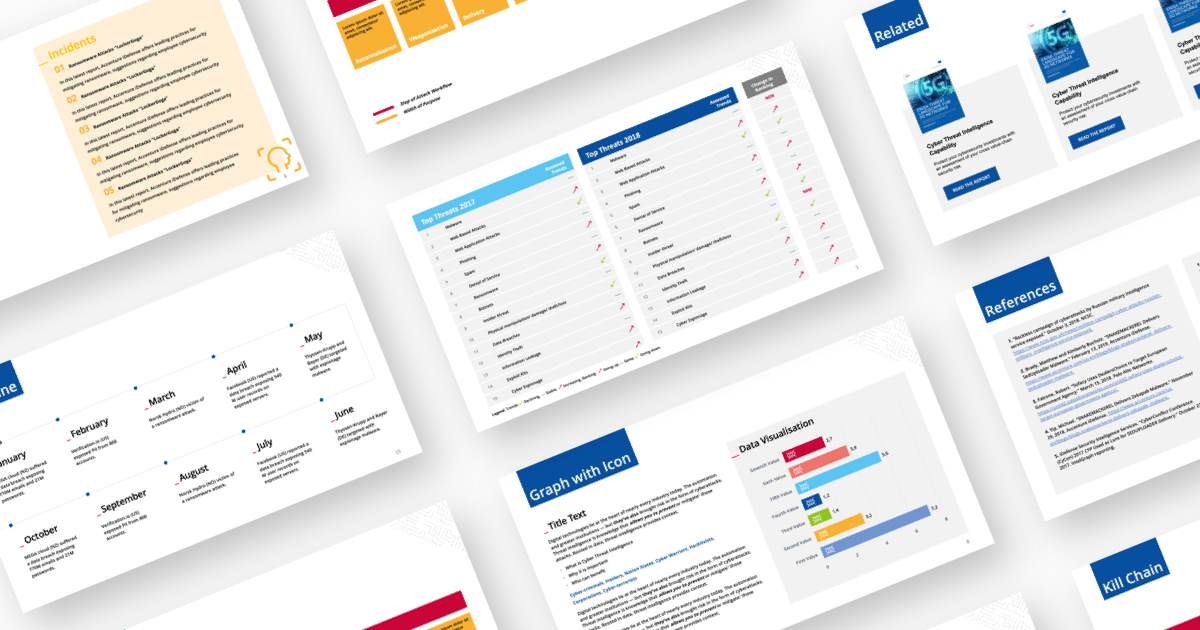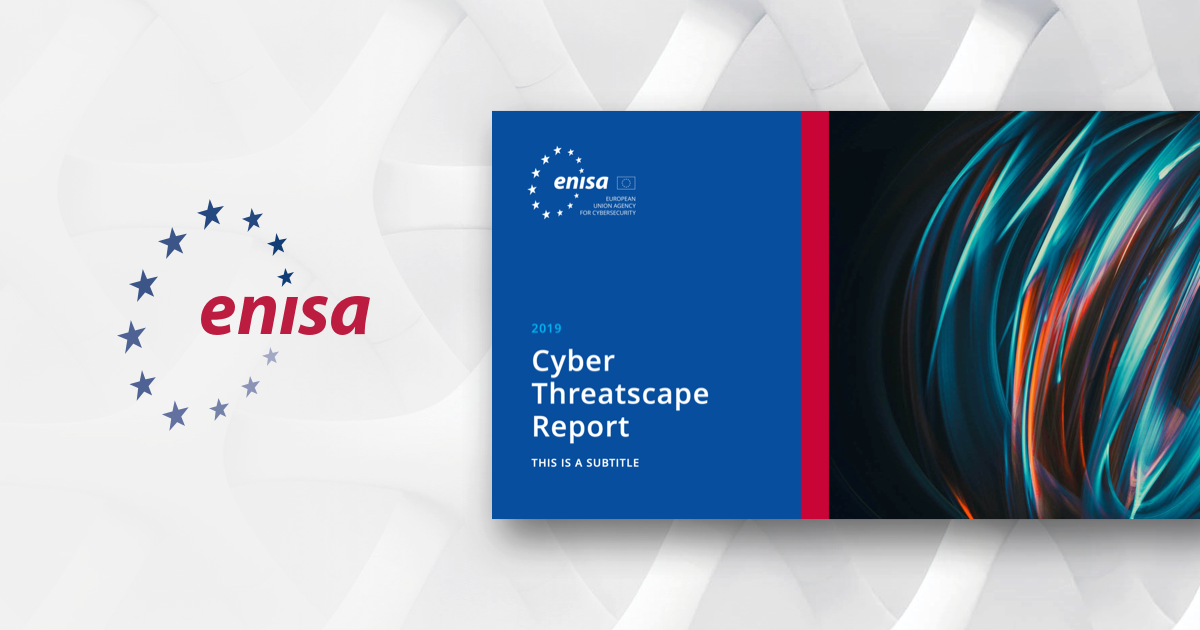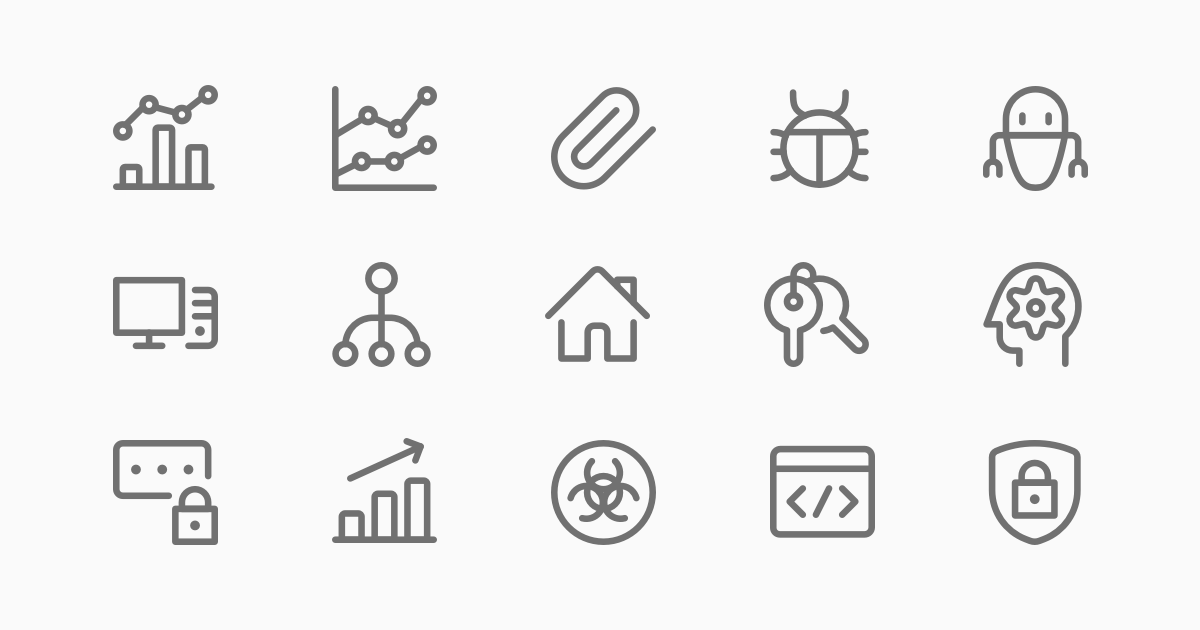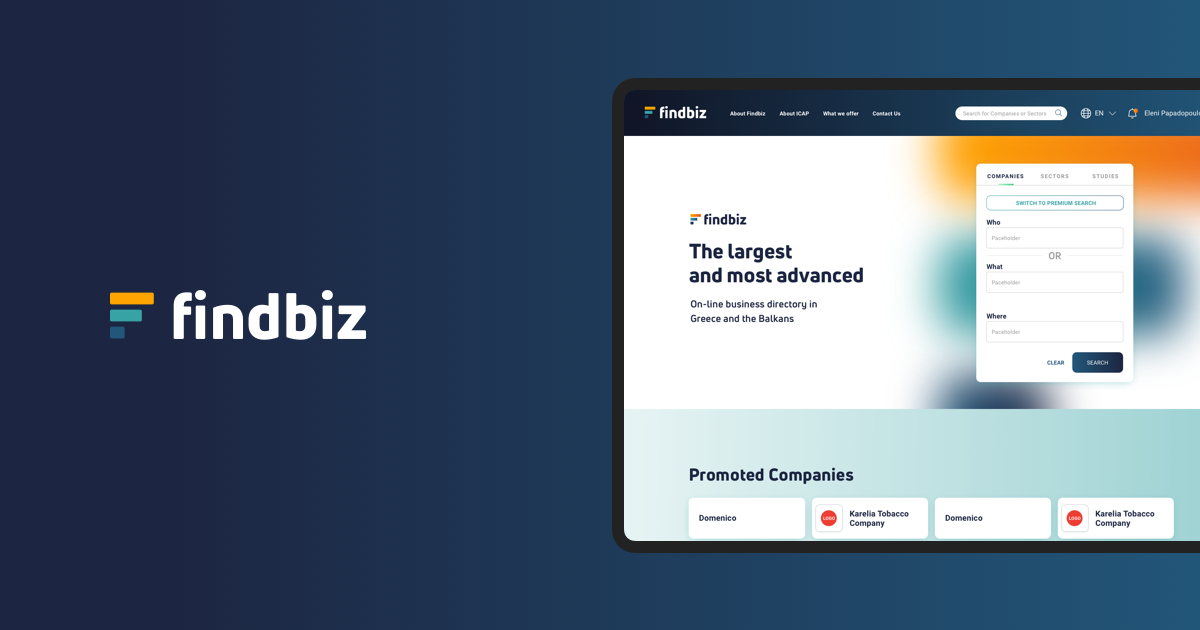The European Union Agency for Cybersecurity (ENISA) focuses on enhancing the level of cybersecurity across Europe. ENISA is dedicated to preventing and tackling issues related to network security as well as information security. The agency produces and publishes regular reports about the state of cybersecurity in the European Union.
Due to the significance of the issues ENISA focuses on, new reports on cybersecurity are published and continuously updated. It is understandable that not only is cybersecurity a popular topic but it is also a multi-level one and dynamic, requiring eloquent reports and detailed analyses. This means that the load of information published regularly is cataclysmic. This renders the presentation and categorisation of the said reports somewhat chaotic and not user-friendly. Mainly because the user is swamped with information overload. More than 20 different reports have to be produced describing in detail various threats as well as strategic and technical information aiming at different audiences.
By understanding that the key to handling this situation is information organisation we focused on content and information architecture. We focused on understanding and homogenizing the types of information, the formats involved, the hierarchy and the distribution of the information across produced documents and reports.
Having implemented the same disciplines of understanding, decomposing information in modules and recomposing them under a new perspective for dynamic websites, it was definitely a challenge for us to work for a static deliverable such as a collection of reports. However, we realized that same rules apply in all information architecture systems including powerpoint templates, PDFs and eBooks.

With the load of information published continuously rising and accumulating, it was obvious to us that the key to solving this issue was Information Architecture.
At Wedia the way we approach all challenges is by delving into the issues rising and studying them in depth. This was no exception.
Thus, we took the following steps:
- Having a long, detailed look into the amount of information published on the multi page reports.
- Categorising the information produced in thematic units. By doing so and grouping it together, we were given a more spherical idea of the content created and published.
- Breaking down the needs of the reports in smaller content chunks (modules) and start working on those.
- Figuring out the thematic, content entities and assigning them to modules.
- Focusing on the modules themselves and exploring them to the fullest. Interpreting them into design elements. After many iterations and drafts compiling a library of design elements that becomes the standard resource of reference.
- Providing a site map with details of the way the modules will be utilised across different reports.
By studying the reports in detail, we got a better grasp of the needs and challenges arising. By focusing on Information Architecture we managed to sort out the content into easily digestible chunks for the user. As well as in terms of design, breaking down the reports in expandable, reusable and adjustable modules. By efficiently interpreting them into design elements we created a solid backbone around which the modules were interchanged and adjusted. This made the maintenance and updating of the reports easier as well as allowing for better categorisation and delivery of the information. By achieving high-levels of modularity, information-delivery and presentation has become easier.

Having always in mind the basic Principles of Design Systems we moved to dealing with this challenge by creating distinct thematic entities which were decomposed into modules and then interpreted into design elements, we were able to enhance the architecture of a content-cluttered report collection. This way the reports were improved on many levels. Not only did it become more easily scannable and user-friendly but it also became easily-managed and updated, featuring improved design elements.
Check the really interesting collection of reports at ENISA Threat Landscape 2020 page.








